Early in the pandemic, it was claimed private schools would be hit hard as pupils were sent home to learn.
And last year a charity representing Scottish independent schools estimated Covid had cost the sector £40 million.
But a recent investigation by news platform The Ferret found that 26 out of 37 independent schools it scrutinised had in fact increased net total assets from the previous year, five of them by more than £1 million.
So how were independent schools in Courier country, which charge thousands of pounds per term for day and boarding pupils to attend, really affected?
We looked at the net income or loss – the difference between income and expenditure – reported by charities running nine private schools in Dundee, Angus, Fife and Perthshire in their annual reports to Scottish charity regulator OSCR.
Of those nine, we found five saw an upward trajectory in the two pandemic years while three saw a downturn. One suffered a dip in 2020 but bounced back in 2021.
Here are the results for each school, the fees they charge pupils and an excerpt from their 2021 annual reports.
Ardvreck School
Up: The Crieff preparatory school saw its net loss drop from £207,663 at the 2019 year end to £191,250 in 2020 and £137,828 in 2021.
Fees: £6,240 (day pupils) or £9,370 (boarders) per term
Financial statement: not available
Craigclowan School
Up: The Perth prepartory school went from a loss of £89,825 in 2019 to net income of £81,779 in 2020 and £25,671 in 2021.
Fees: £5,330 per term
Financial statement: not available
Glenalmond College
Up: Co-educational Glenalmond College, near Perth, reduced its net loss of £779,015 in 2019 to £257,818 in 2020 then rose to £418,358 net income in 2021.
Fees: £5,510 to £8,425 (day pupils) and £8,855 to £13, 715 (boarders) per term
Financial statement: The 2020-21 financial year ‘turned out positively’ despite being ‘one of the most challenging in the history of the college’ due to Covid. There was no real reduction in ongoing costs when pupils were not in school and a fee reduction was offered during remote learning. However, careful management of fees and launch of its 175 campaign resulted in total income rising.
High School of Dundee
Down then up: The Dundee city centre day school saw a sharp decline in net income from £443,000 in 2019 to £96,000 but returned to similar level as pre-pandemic of £484,000.
Fees: £3,366 from £4,770 (day pupils only) per term
Annual report: School roll increased from 963 in August 2020 to 986 in August 2021. Interest remains bouyant and parents continue to express clear desire for children to attend.
Kilgraston School
Down: The Bridge of Earn school went from net income of £48,575 in 2019 to losses of £208,445 in 2020 and £496,552 in 2021.
Fees: £4,470 to £7,595 (day pupils) and £9,910 to £12,970 (boarders) per term
Financial statement: Significant financial impact over two years due to reduced fees during school closures and fewer international boarders. Loss of summer revenue from external lettings. Government grants claimed, cost-saving measures introduced and business loan of £500,000 secured. Decreased pupil numbers, with impact on fees revenue in 2021 estimated at £400,000 and £500,000 for 2020.
Lathallan School
Up: The co-educational school at Johnshaven, near Montrose, saw net income increase to £178,730 in 2020 and £79,636 in 2021, from £50,111 in 2019.
Fees: £2,752 to £6,881 (day fees) + £1,649 to £2,552 (boarding fees) per term
Financial statement: not available
Morrison’s Academy
Down: This Crieff day school saw a significant reduction in its net income, which plunged from £242,715 in the year before the pandemic to £67,937 in 2020 and to a loss of £141,498 in 2021.
Fees: £3,600 to £5,400 per term (day pupils only)
Financial statement: Excellent financial control was exercised in the course of the year. Operating and capital expenditure continues to maintain and renew the fabric and equipment of the school.
St Leonards School
Down: The St Andrews school saw its net losses increase from £38,748 in 2019 to £96,705 then £475,905 in 2021.
Fees: £3,575 to £5,791 (day pupils) and £8,763 to £13,651 (boarders) per term
Financial statement: not available
Strathallan School
Up: The Perthshire school, at Forgandenny, has seen its net loss decrease over the last three years, from £1,095,167 pre-pandemic to £1,050,811 then £439,141 in 2021.
Fees: £5,364 to £8,484 (day pupils) to £8,883 to £12,733 (boarders) per term
Financial statement: Not available
‘Not profitable businesses – and zero desire to be’
Independent schools operate as charities, with the objective of providing education.
John Edward, director of the Scottish Council of Independent Schools, said: “Independent schools are not profitable businesses, by law, and they have zero desire to be.”
Assets held are almost entirely their buildings, he explained.
“Most fee income is spent directly on teaching and non-teaching staff pay and pensions, not to mention unrestricted utilities bills or building upkeep.
“Very few schools, if any, have turned even a surplus over the years of the pandemic and, as not-for-profit registered bodies, they are legally unable to make a profit.
“The challenge over those years has been to survive, and then to ensure the young people in their care, from across the world, are safe, happy, engaged and informed.
“Their ability to do so under extreme conditions speaks for itself.”
In April 2022 charitable non-domestic rates relief of up to 80% was removed for schools in Scotland.
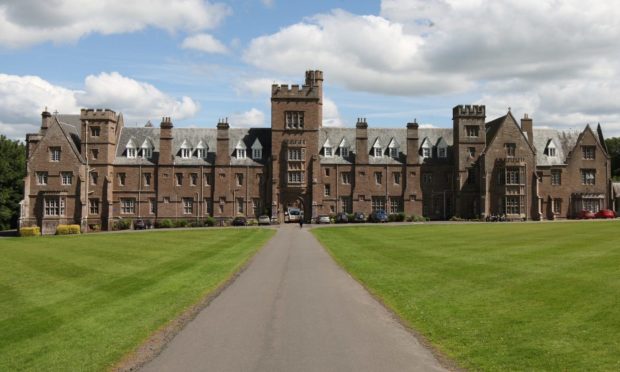
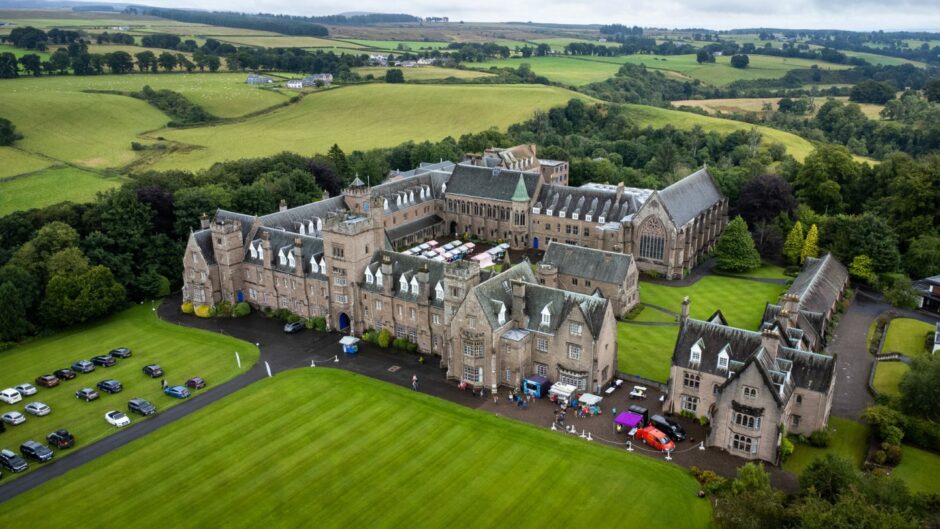
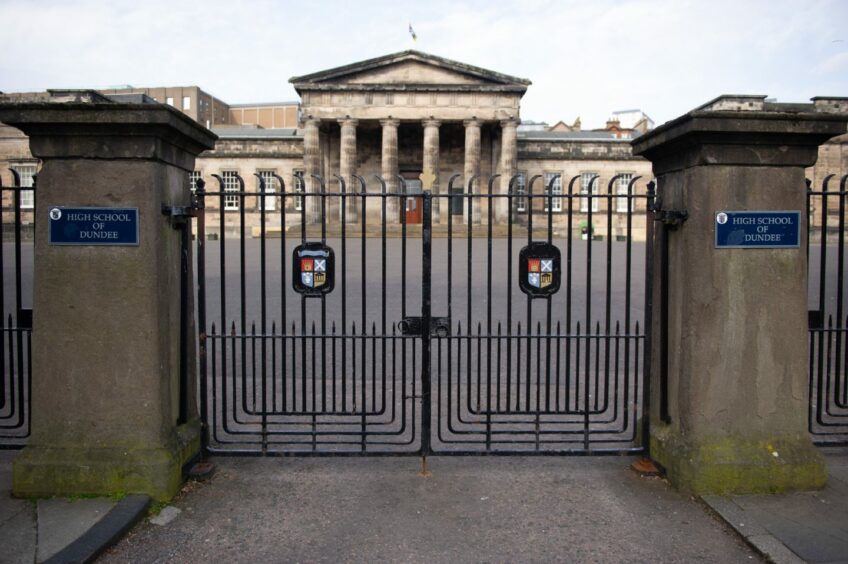

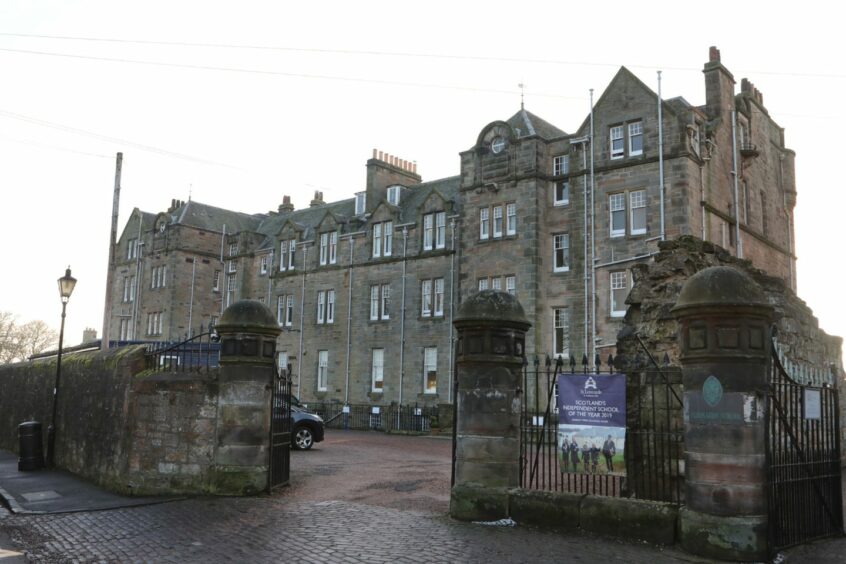
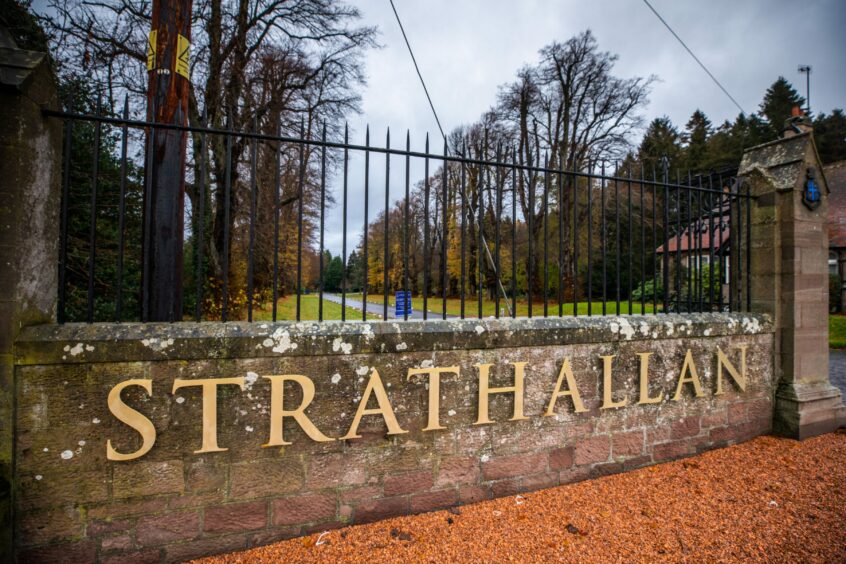







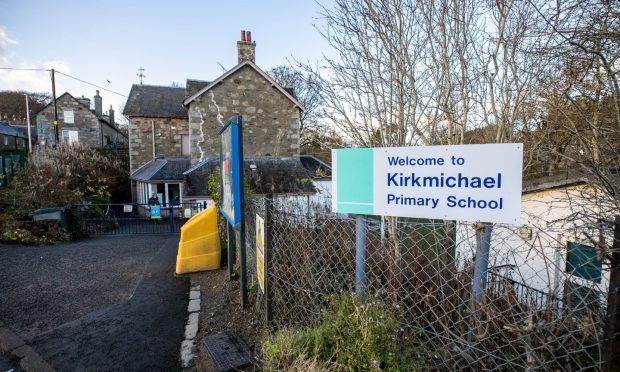
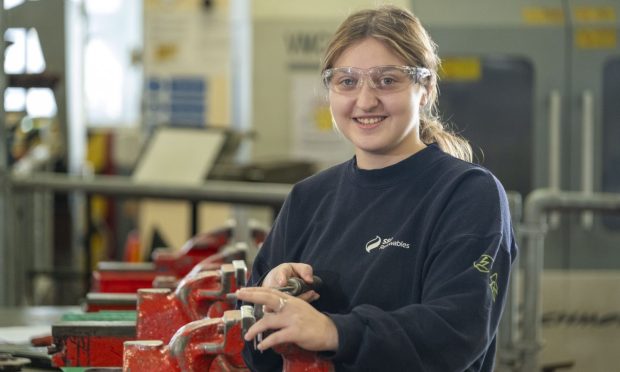
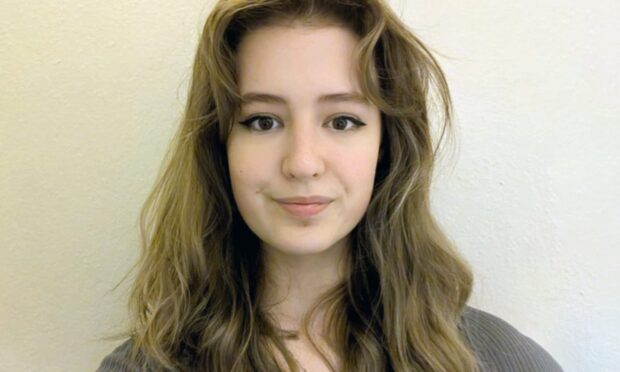
Conversation